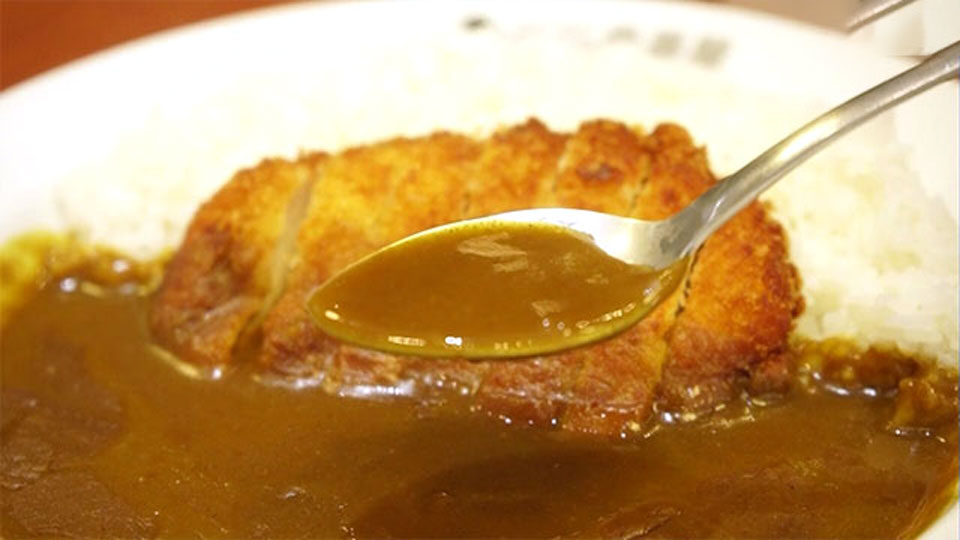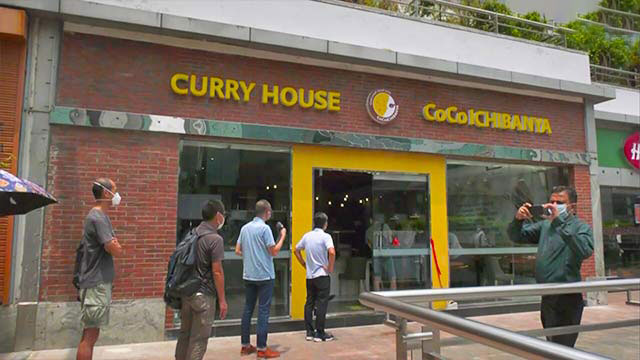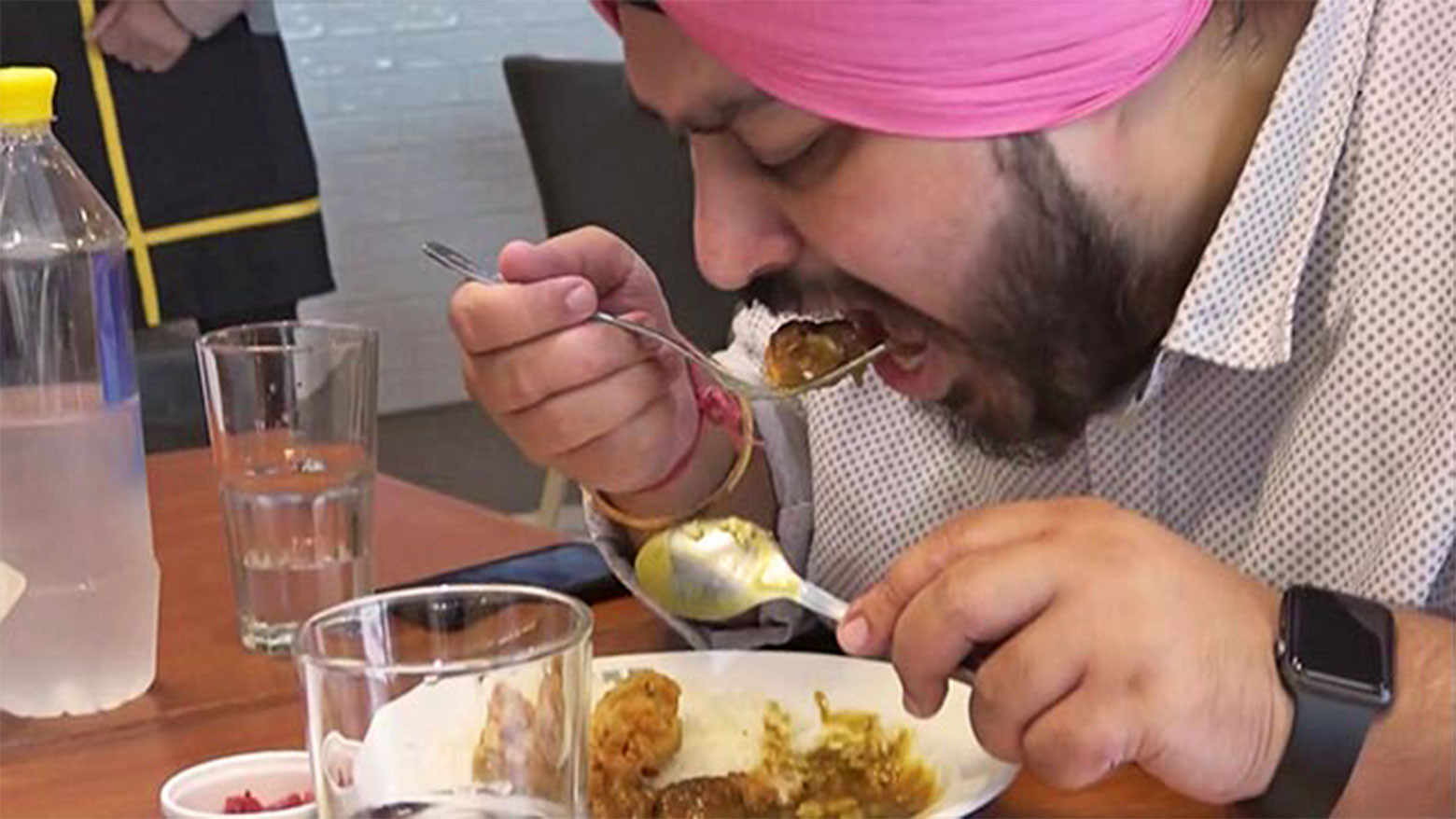“Irasshaimase!”
The Japanese for “welcome” is bellowed with real gusto. Clearly, the staff at this new restaurant have the basics down pat. You’d be forgiven for thinking we’re in downtown Tokyo—in fact, we’re about 40 minutes by car from New Delhi.
Coco Ichibanya’s first foray into the Indian market could be a hit. “The curry is different...but it's the best,” says one satisfied customer.
To Britain and beyond
India’s love for spicy, boiled and stewed dishes goes back thousands of years, but the word “curry” was actually coined in Britain around the 18th century. After Japan got a taste in the Meiji era, it became a regular in households all over the country after World War Two. These days, curry is nothing short of a national dish.

Dreaming of India
Coco Ichibanya opened its first restaurant in Aichi Prefecture, central Japan, more than 40 years ago. Today, it boasts over 1,400 outlets, including some in Europe and the United States. Doing business in the “home of curry” was a long-held dream for the company. For more than 10 years, it waited for the optimal moment to take the plunge.
It chose to act now because of two major factors. One, India’s rapid economic growth in recent years has made it an increasingly attractive market. And two, Coco Ichibanya curry has proven exceedingly popular with Indians visiting Japan.
Nakamura Hirosuke, the company’s COO in India, places extremely high value on the chance to cater to a population of 1.3 billion curry eaters. “I want to show them how a cuisine born here has evolved and spread to Japan.”
Cultural conundrums
The curry at Coco Ichibanya’s Indian eatery is certainly authentic: the sauce is brought over from Japan and, just like at home, customers can choose how spicy they want their dishes.
Still, getting things right involved plenty of challenges. Hindus, who account for about 80% of India’s population, don’t eat beef. And Muslims, who make up 14%, don’t eat pork. There are also many vegetarians.
Coco Ichibanya decided to use a sauce that contains no meat extract. The firm also designed the kitchen so that vegetarian dishes are prepared separately.
The menu features local items, such as paneer, a popular cheese, and paratha, a staple flatbread. Dishes range from about 5 to 9 dollars, positioning Coco Ichibanya as a dining option for the middle class.

Adapting to the pandemic
The restaurant was initially scheduled to open in late March—that is, until the coronavirus pandemic forced a rethink. The Indian government sealed off the entire country and imposed a strict curfew, grinding preparations to a halt.
Work resumed about three months later, with the added need to take stringent anti-virus measures, such as reducing seating capacity. Many Japanese staff were forced to temporarily return home, but Nakamura stayed put.
The restaurant finally opened on August 3. Its reputation has gradually spread by word of mouth, and the number of regular customers is increasing.
One said, “Indian curry uses plenty of spices and oil, so it's high in calories, but this is healthy.”
Nakamura, meanwhile, is doing all he can to ensure Japanese curry is more than just India’s flavor of the month. “In the future, I want to see it take root as part of the diet here.”

